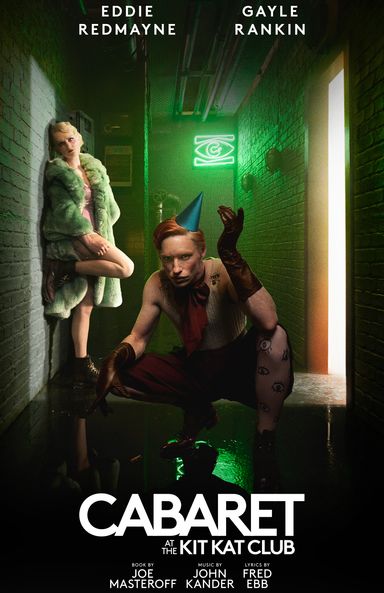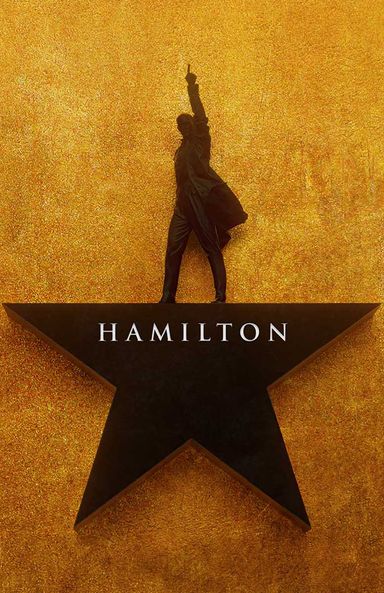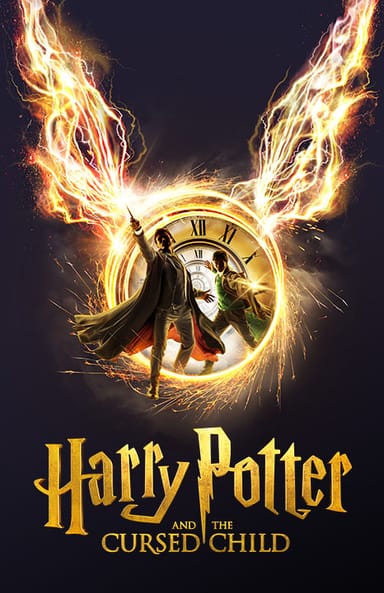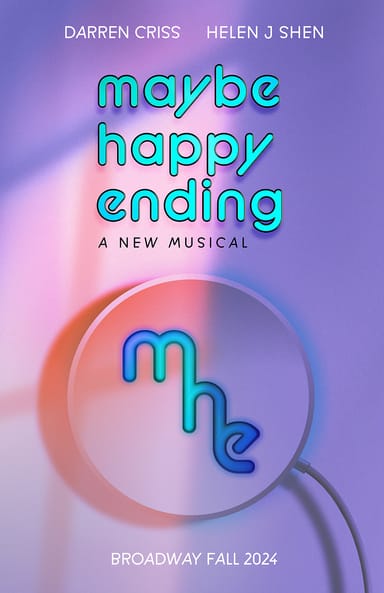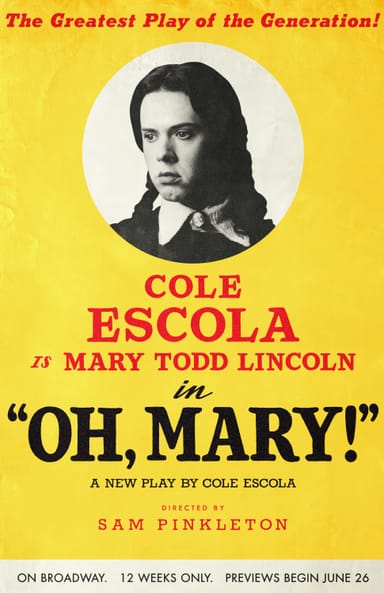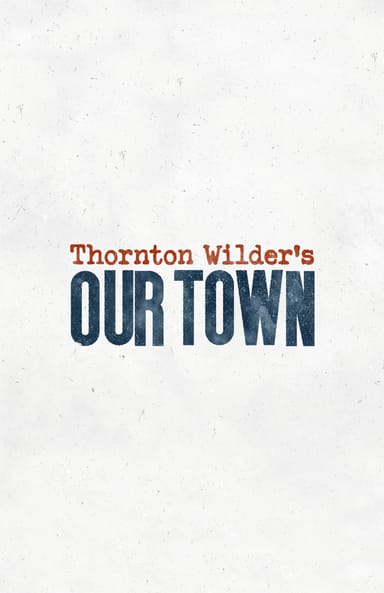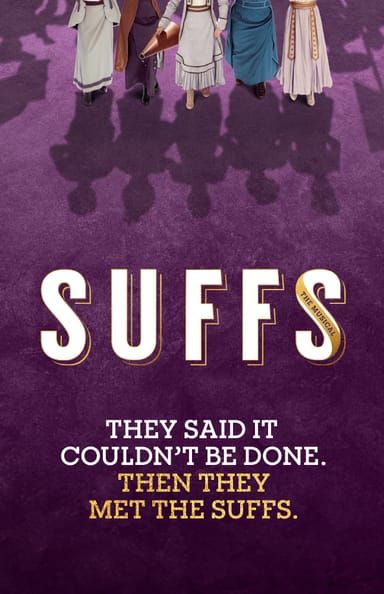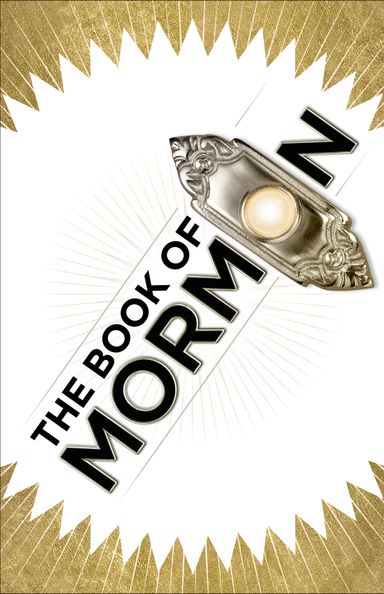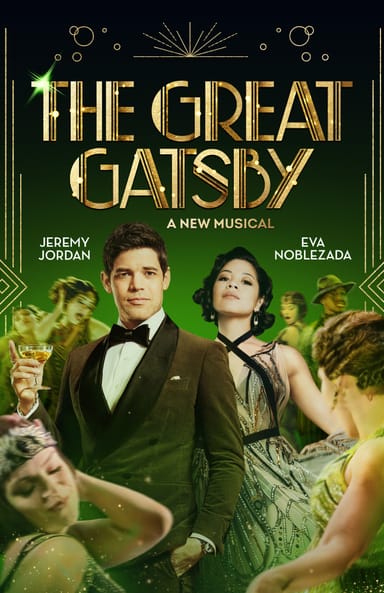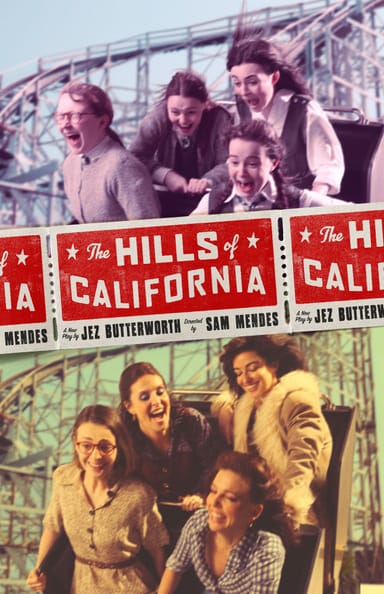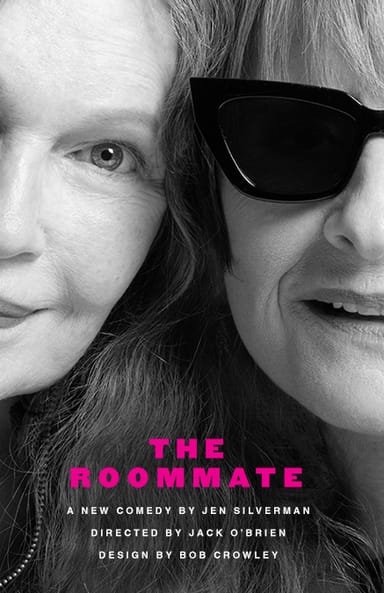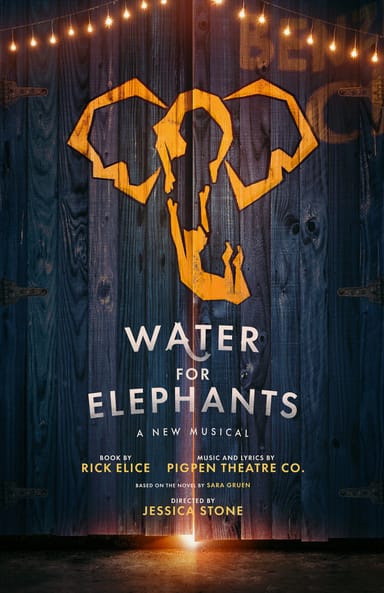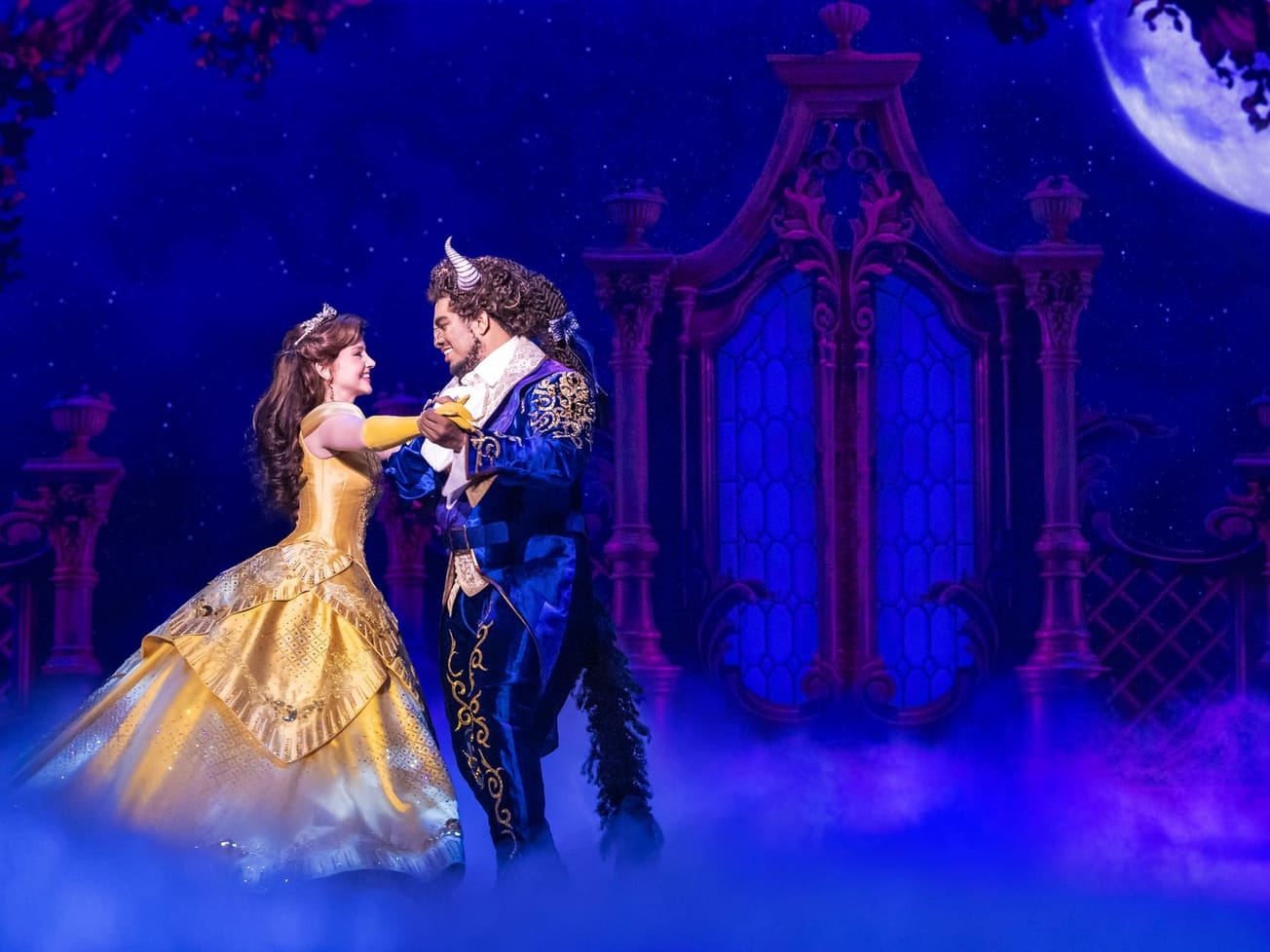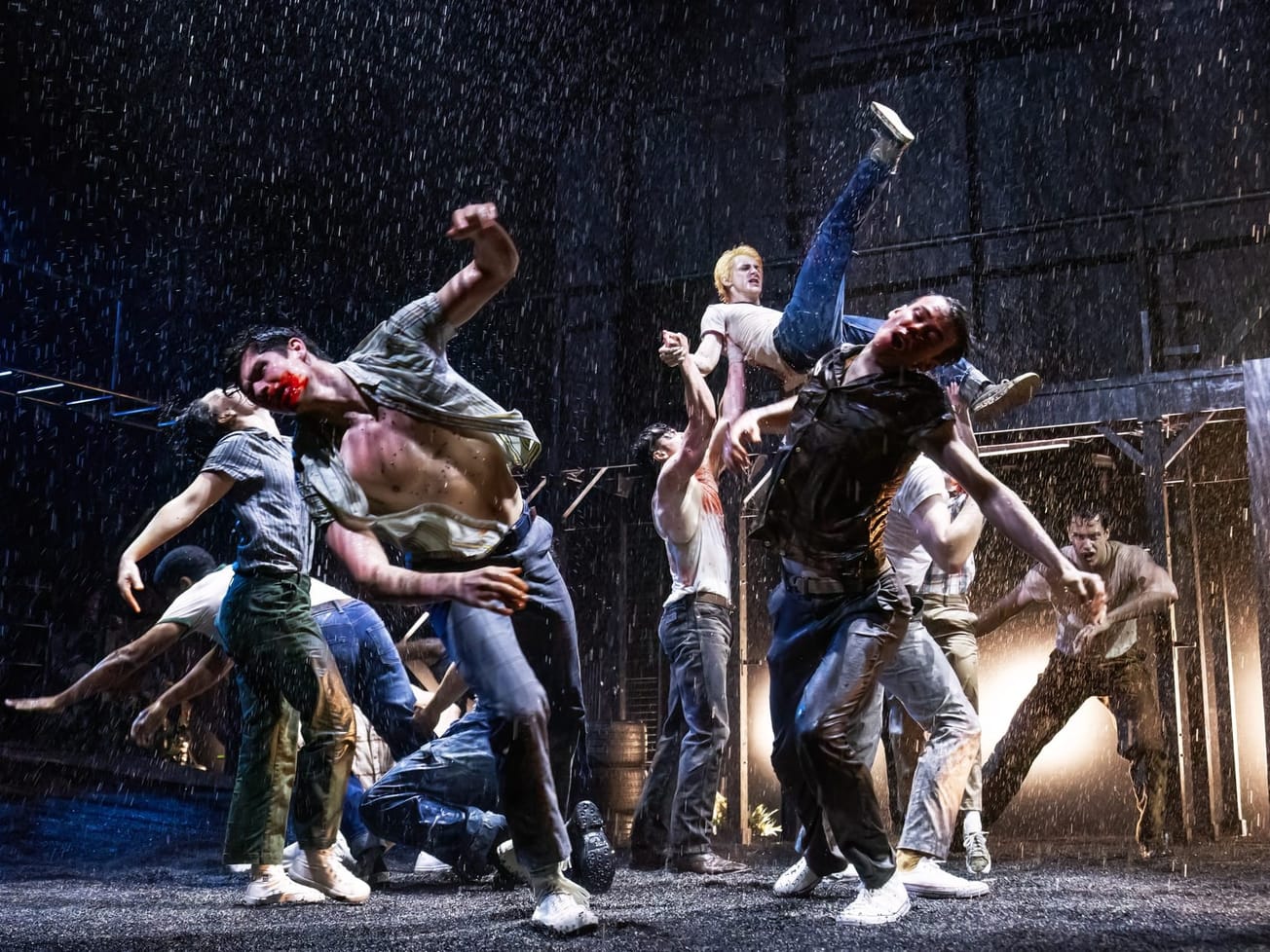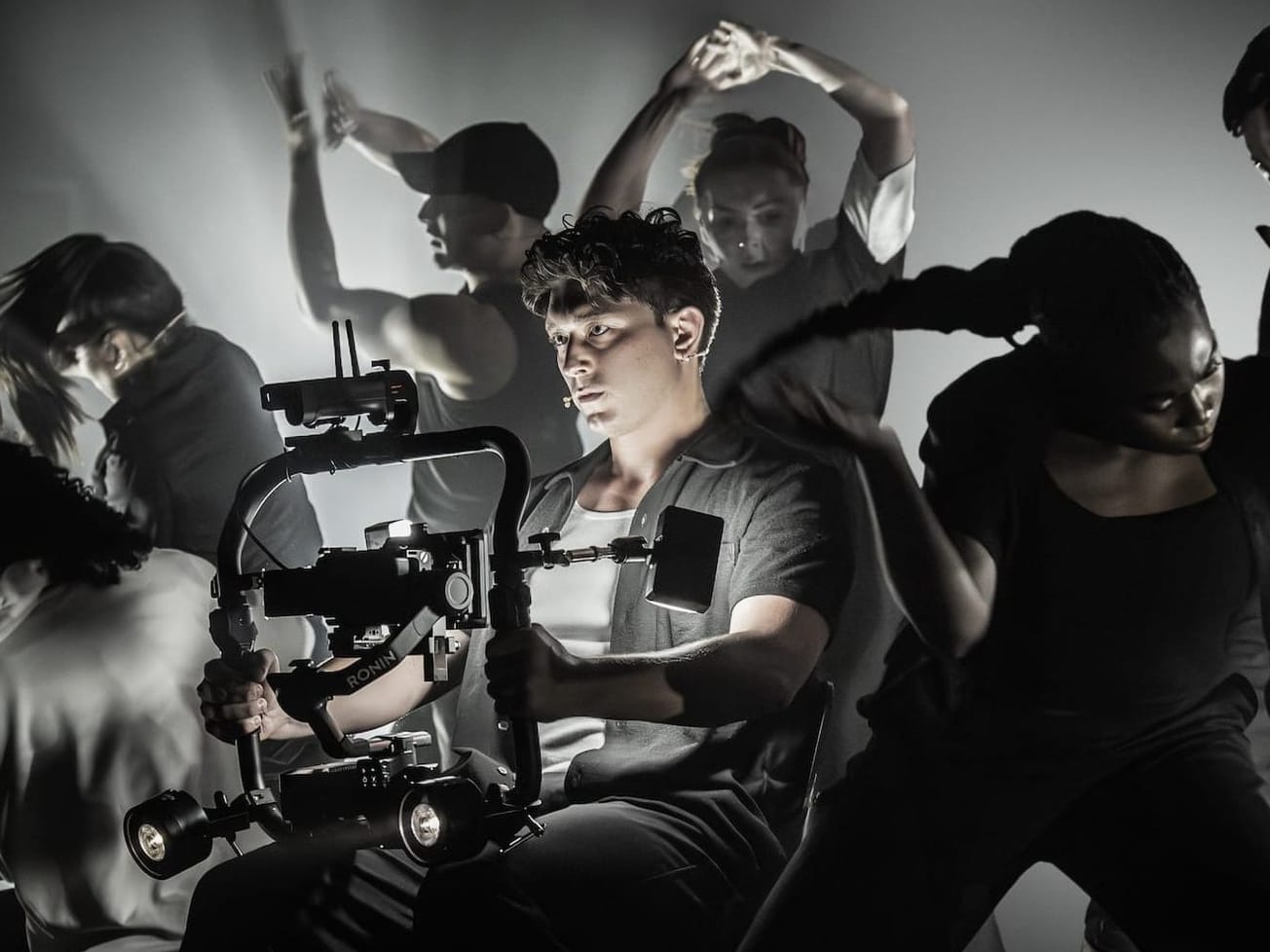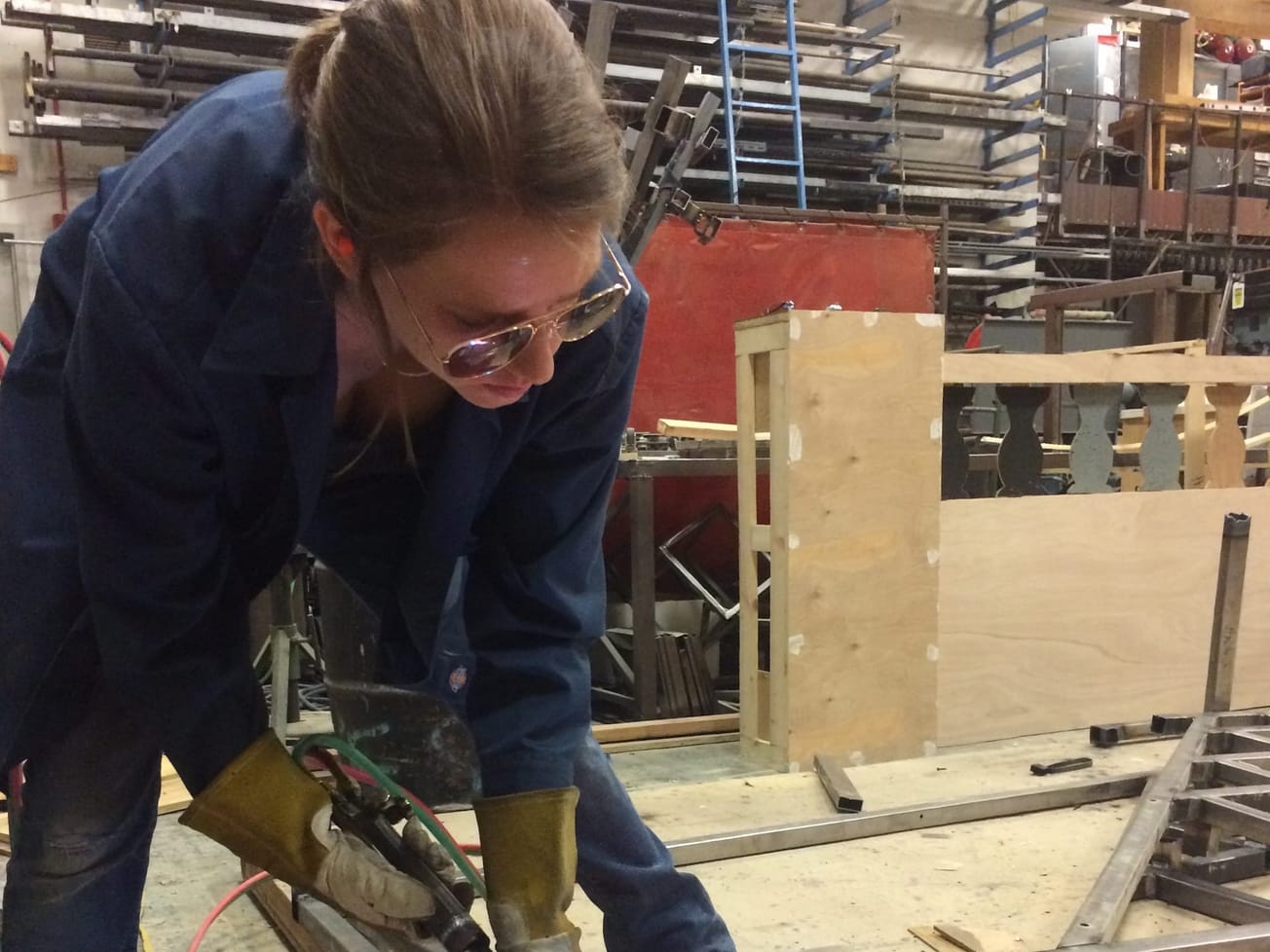In the pelvic tilt and hat-hidden brow of Michael Jackson, in the wrist curls and sharp shoulders of Lady Gaga, even in the quick cuts of filmmaker Baz Luhrmann, exists the mark of Bob Fosse. So if the impact of the iconic Bob Fosse is so ubiquitous in popular culture, why bring his 1978 musical “Dancin’” back to Broadway? Because the aforementioned examples — and so many others — are mere echoes of the director, choreographer, dancer — and man — that was Bob Fosse.
“He’ll always be around because he’s so iconic; I think a lot of people are infatuated by his style and they try to re-create it in their own different way,” said Wayne Cilento, who worked with Fosse multiple times — including a Tony Award-nominated performance in the original “Dancin’.” Now, exactly 45 years later, Cilento is directing the first Broadway revival of the musical. “Bringing back this show is his story. It needs to be out there, and he needs to be out there.”
“I’m trying to get people to realize who he really was as a whole man as opposed to just a person with a style,” Cilento urged.
With this production of “Dancin’” (officially titled “Bob Fosse’s Dancin’”), Cilento is adamant about showing the range of Fosse’s choreographic style, highlighting his facility as a storyteller and revealing some of his origins.
Cilento’s “Dancin’” is about the scope of Fosse.
From a choreographic perspective, “so many people see Fosse as the fingers or the wrist or the small little movements,” says performer Jacob Guzman. “I feel like we’re really challenging that thought and proving it isn’t just that. There are moments of it, but there are [also] moments of really letting loose and flying.”
When asked to describe Fosse style, cast members used words from all over the map: athletic, internal, minimal, grandiose. As “Dancin’” proves, Fosse is subtle and explosive, introverted and presentational.
But no matter what audiences see these bodies do outwardly, “it’s all about the intention behind the movement,” said performer Kolton Krouse. “You can do the fingers or the swivel and sit into the hip, the shimmy of the shoulder, but if there’s not the correct intention behind it, it’s not the same movement [that Fosse choreographed].”
Because the company of “Dancin’” are not just dancers. They are actors. Just as with any role, these performers tell a story. “We are the physical presence and the physical movement behind all the words that are supposed to be said — but they don’t have to be said,” explained actor Jōvan Dansberry. “If you can make an audience feel something without words, that is acting.”
That’s what Fosse demanded of his dancers, and it’s what Cilento carries into this revival.
“I put ‘Sing, Sing Sing’ in a swing club. I’ve turned the dancers in to each other,” Cilento said of a number that is traditionally performed facing out to the audience in a proscenium view. Each person in the club has a story. “They’re doing the same steps [as the original], but it makes the place come alive.”
The director constantly transmitted internal motivations to and wrested story from his cast. “One note that I give them constantly is: Who are you now? What are you doing? Why are you dancing these steps? What situation are you putting yourself in?” said Cilento. “It makes you a fuller dancer and it gives you subtext in doing the steps.”
Those questions also encourage individuality in his cast — which is exactly what Fosse had been interested in. “[Wayne] really champions that you bring your own essence to the table,” said actor Ioana Alfonso.
But then how do you also achieve the uniformity of a company tasked with executing Fosse’s precision? “If we all have the same intention and we all know what the picture’s supposed to be, we’re all going to feel it differently but look cohesive,” added Dansberry.
To further emphasize the story behind the dancing — and to bring more “Bob” to the production — Cilento set the musical on a soundstage, believing the production should feel like a movie.
“That’s where [his mind] was in his last show, ‘Big Deal,’” Cilento said. “He did all of it seamlessly, creating scenes that merged in and out of each other. And it was all fluid. I wanted this show to be that — to represent what he was doing at the end of his career.”
And yet, Cilento communicates this with less material than the original, shaving the three-act revue down to two. In addition to condensing, he rearranged the order of some numbers, changed the perspective of others and even added a section back in that Fosse had cut out of town as a way to get closer to the man at the center.
“Big City Mime” was a segment Fosse tried for a single night in the Boston version of the show. It was a series of vignettes about a man who arrives in New York City and is bombarded with excitement and fear and newness.
“There was something in that [number] that I think he was trying to address — but he never really fulfilled it,” Cilento explained. “I thought this was my opportunity to tell a little bit of the story of who [Bob] was.”
“I always felt like the man [in the scene] was him — coming into the city for the first time when he was young. And he experienced hookers on the street, panhandlers, bums, cops, different environments, going to massage parlors, to burlesque and S&M clubs,” he continued. “He just gathered all of the stimulation to create the stuff that he [eventually] created.”
And that’s why Cilento looked back and dug into the archives, why he drilled technique and refined the story. Because when you understand the man, you understand his movement.






